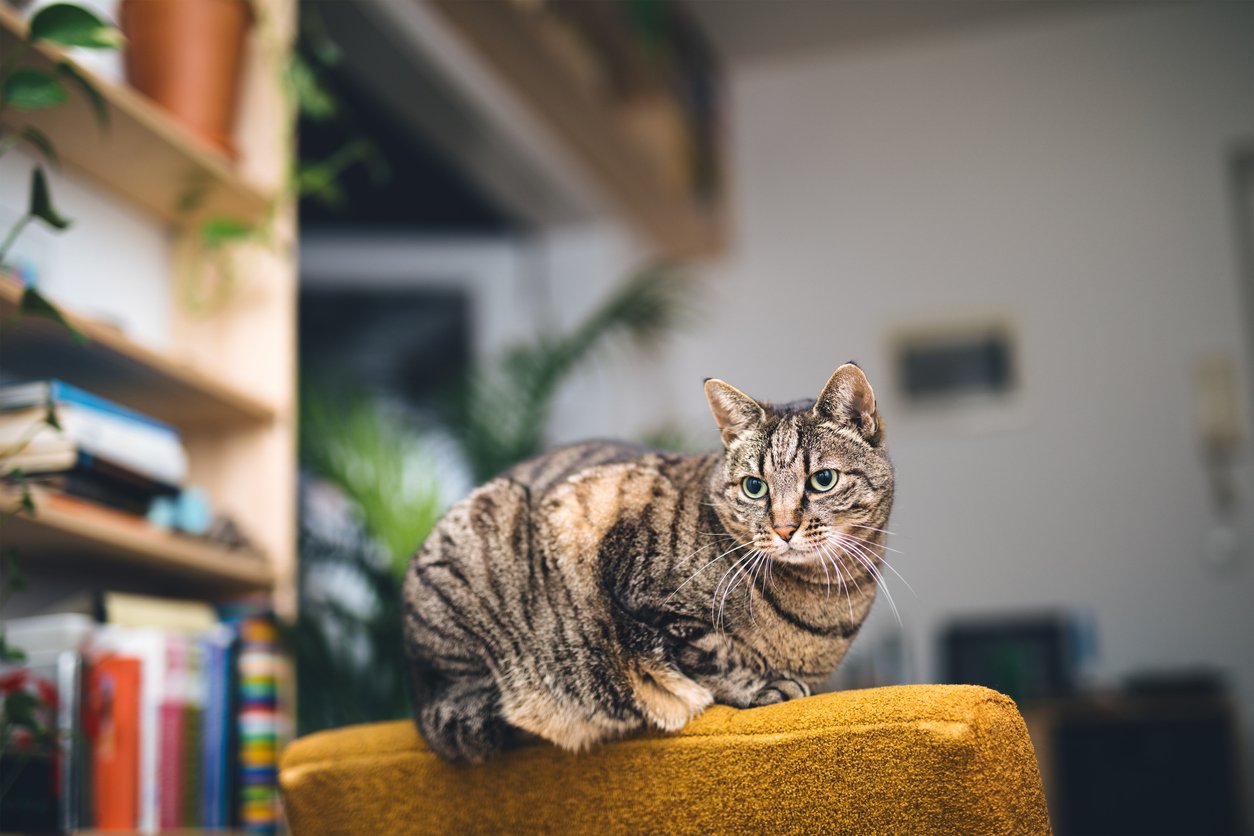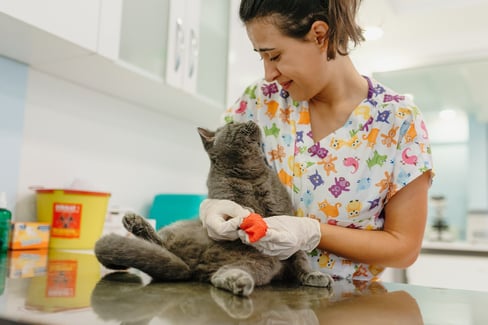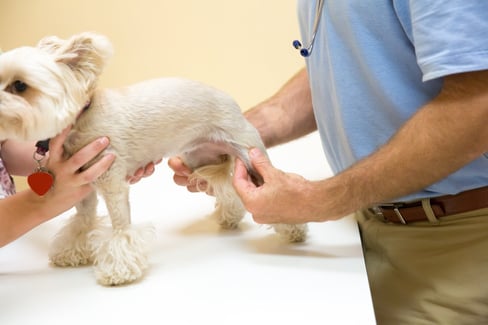Table of Contents
Any cat owner can attest to the fact that cats are a tricky species in general. That is especially true when it comes to their overall health and well-being—they’re just so good at disguising the signs of pain and discomfort. So, then, what specific factors should we keep in mind when it comes to the joint health of ageing cats?
What You Should Know About Joint Health in Aging Cats
Over the years, veterinary medicine has advanced such that cats (and all pets, really) are living longer, fuller lives. There is also so much more information available to the cat owners of today. It has made caring for cats much simpler than it used to be. Unfortunately, nothing can stop time, and with your cat’s age comes the inevitable onset of senior aches and pains.
While cats tend to live slightly longer than dogs, our feline companions typically feel the effects of age a bit sooner. They can start to feel the pains of arthritis well before they’ve even neared the end of a decade. So, how can we help protect our cats from such painful joint health conditions?
In this article, we’re going to look at some of the signs of joint deterioration, as cat pain and suffering can often go undetected (and therefore untreated) well into their senior years. We’re also going to look at some things you can do to help ease the pain of your ageing pet, including incorporating Tri-Acta supplements, so that your cat can go on living their happiest, healthiest life.
Signs of Joint Pain in Cats
Even the most caring and attentive pet owner can overlook the signs of feline joint deterioration and the accompanying pain. They are creatures that tend to suffer in silence, but that doesn’t mean that there aren’t signs you can pick up on.
Some areas in which your cat may express pain and discomfort from arthritis might include:
1. Mobility
Depending on which areas a cat is experiencing joint pain, they may start to move around less, or they may start to move around in a different manner. For instance, they might move slower, drag their legs, limp, avoid their usual leaps, and so on.
2. Bathroom Habits
Cats experiencing back or leg pain may have trouble going to the bathroom. This is because it becomes harder for them to hold their body to get into the necessary position. It can also become difficult for a cat to simply step into a litter box, as the raised sides become quite the hurdle for those having difficulty raising and moving their joints.
3. Grooming
A cat in pain, specifically experiencing joint pain, may groom less often. They may lack the energy or mobility to move their bodies around into the positions needed to clean themselves.
4. Purring
Contrary to popular belief, purring isn’t always a sign of a happy or content cat. For instance, if your cat is purring or purring more often while exhibiting other signs, he or she may actually be trying to self-soothe. It could be a symptom of arthritic pain.
5. Scratching or Biting
Because they can’t simply tell you what’s wrong, cats might act out more aggressively to express their pain. Unfortunately, when it comes to who or what receives the blow, they don’t discriminate. Instinct tells them to protect themselves from whoever is trying to touch or move the areas that are in pain.
How You Can Help Your Aging Cat
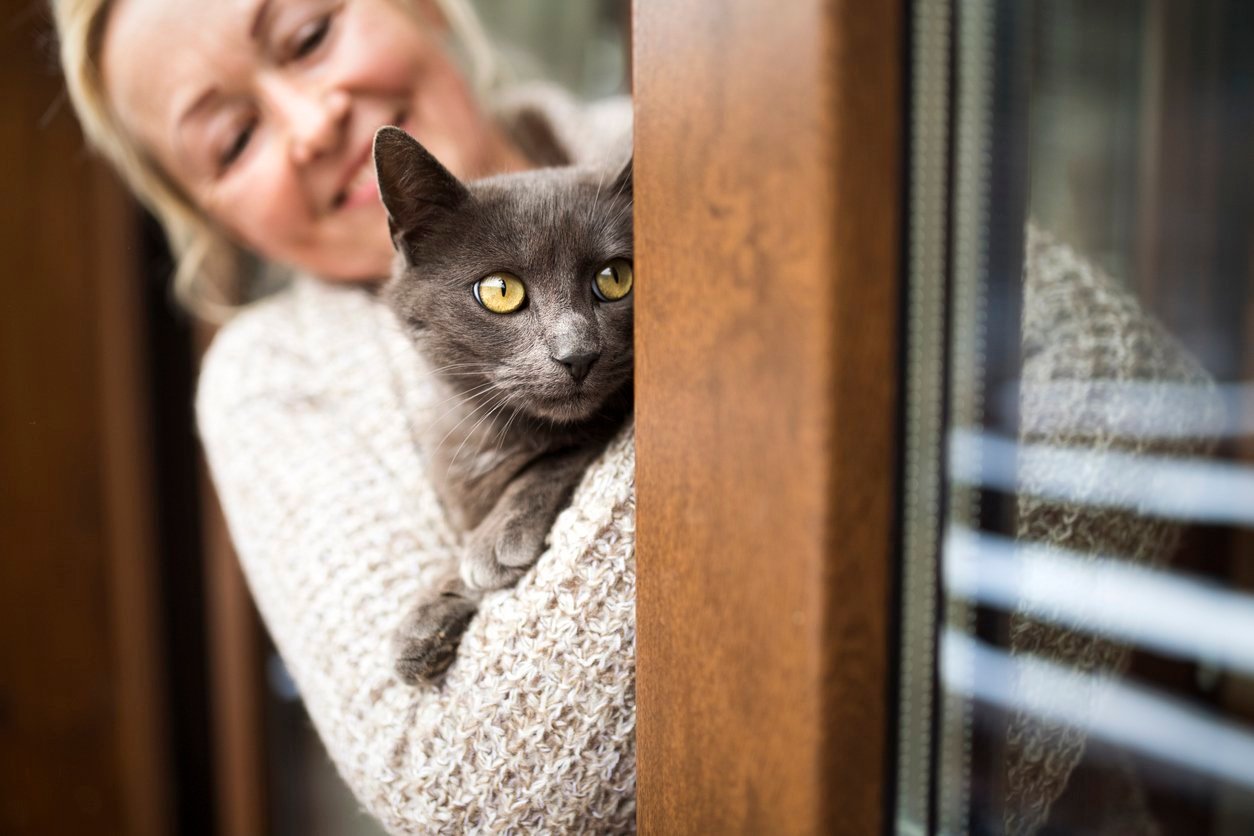
Regardless of age, there are many things you can do to improve your ageing cat’s overall well-being and mobility while helping ease their pain. In addition to the recommendations offered by your family veterinarian and the implementation of joint health supplements like Tri-Acta, a few simple things you can do include:
1. Maintain a healthy weight
Excess weight can put even more strain on your cat’s joints. So, maintaining a proper diet and nutrition is paramount.
2. Improve bathroom conditions
Get a litter box with at least one short side so that your cat can easily step in and out. Cats who aren’t able to go to the bathroom can become constipated or develop urinary obstruction, a situation that can have devastating effects.
3. Keep them warm
Just as people can experience more intense joint pain during cold spells, so can your cat. So, make sure they have a nice, warm, cozy place to settle in. You might even consider heated pads and bedding to keep them comfortable and mobile.
Tri-Acta for Aging Cats
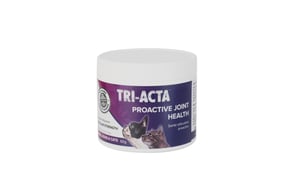
Every pain management plan will vary according to the specific needs of the cat. So, in addition to small lifestyle adjustments and veterinarian recommendations, the inclusion of a Tri-Acta supplement regimen can also play a vital role in improving your cat’s quality of life.
Tri-Acta is easy to mix and administer, so you don’t have to fight with your stubborn or old cat to get them to take it. This supplement has a higher concentration, so the volume of the dose is smaller, more tolerable, and quicker to administer.
The formula is designed to ensure that your cat’s joints and bones stay healthy and strong, longer. For more information on how Tri-Acta can help improve your cat’s quality of life, head to the Integricare website to learn more about feline arthritis.
Newsletter Signup
Subscribe to our newsletter to receive the latest news and exclusive offers.
.jpg?height=2000&name=Cliick_Integricare-DISPLAY-REVISEDV2%20(1).jpg)
Proactive & Therapeutic Joint Supplements
When given daily, Integricare joint supplements recover bone and joint injuries faster and help prevent mobility injuries from happening in the first place.

